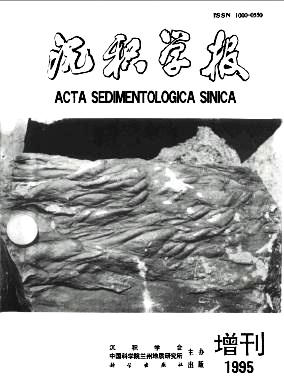Extraction and Analysis of Lithostratigraphic Information from Landsat Thematic Mapper Imagery in Arid Region
- Received Date: 1994-07-12
- Publish Date: 1995-12-10
Abstract: The study focuses on the Kalpin Region, where is of an arid climate, 40-80mm annual precipitation,sparse vegetation, and well exposed rocks. The strata of the study area are mainly composed of carbonates from littoral to shallow marine factes and elastics from marine-continent transitional to terrestrial factes.Based on the synthetical analysis of the characteristics of chemical and mineral composition, renectance specturm, and imagery brightness values of different rocks, the method for extracting the lithostratigraphic information from Landsat Thematic Mapper (TM) imagery has been approached.The results of reflectance spectrum measurement show that the absorption features of different rocks are all present from the electronic transitions and vibrations of the ferro ions, hydroxyl, molecular water, and carbonaceous ion in the constituent minerals. The results of X ray diffraction analysis and thin section identification show that the dinerals are mainly calcite,dolomite, chlorite, and hematite etc., and most of the minerals appear in the rocks as main component or impurity and cement. According to the spectral renectance features of the minerals, the authors pointed out that the band ratio images, such as TM3/1, TM2/3, TM4/3, and TM7/5, can extract the lithostratigraphic information of different rocks in the study area effectively.By analysing the imagery features of different rocks using a ratio colour composite image, which was superimposed on the TM4 single band image, the authors also presented the results of lithostratigraphic interpretation of the study area, which has shown a good potential for extracting lithostratigraphic information by using TM image data.
| Citation: | Chou Xiaowei, Fu Bihong. Extraction and Analysis of Lithostratigraphic Information from Landsat Thematic Mapper Imagery in Arid Region[J]. Acta Sedimentologica Sinica, 1995, 13(S1): 164-170. |






 DownLoad:
DownLoad: